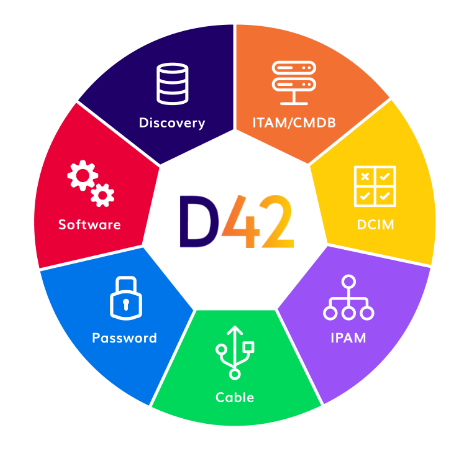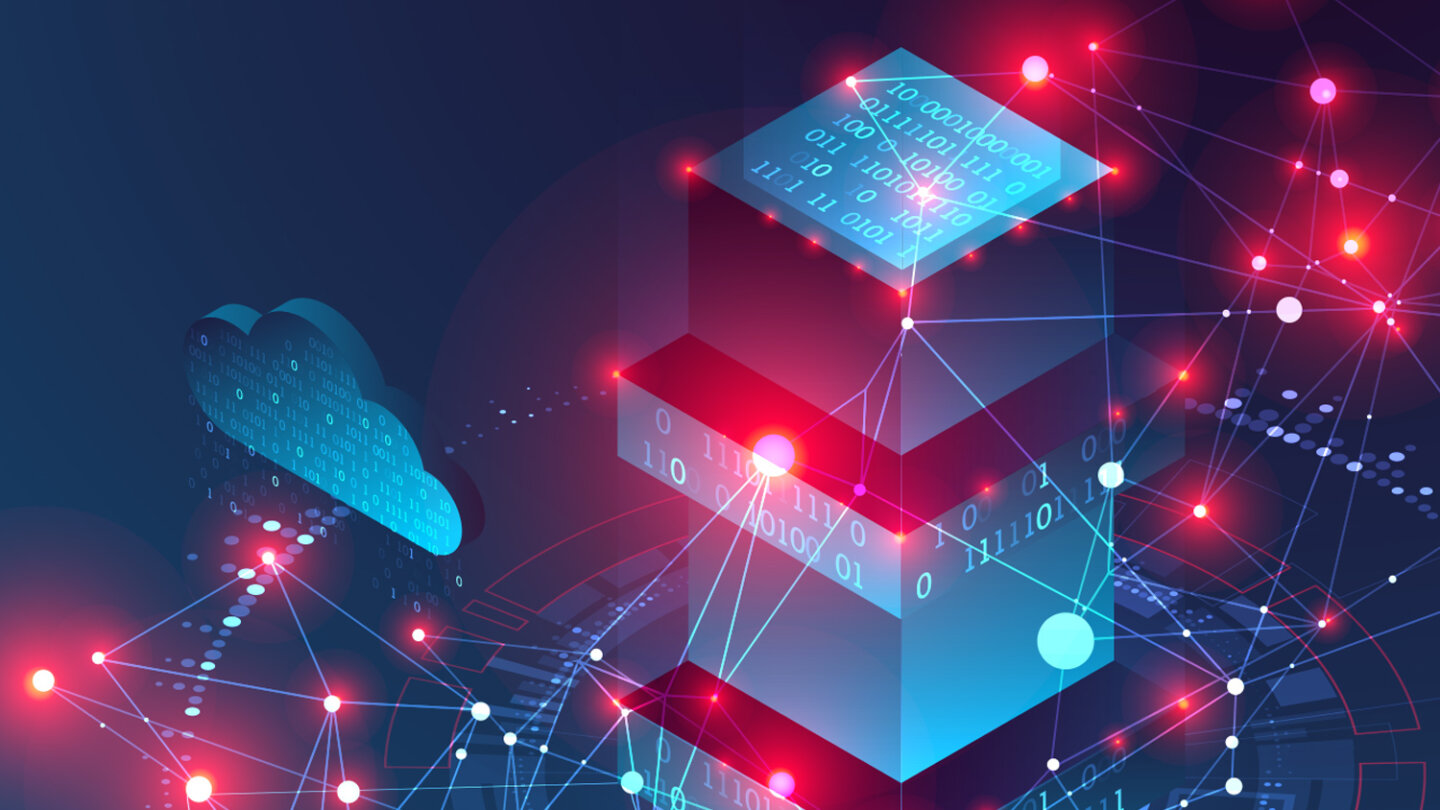The CMDB for enterprise-scale deployments with granular insight on demand
When we define the visibility of IT systems at enterprise scale, it’s important to note several factors. The first is the point of view; what’s required from any snapshot will vary from role to role. The systems administrator will want a different viewpoint from, for example, the cybersecurity team. A detailed picture from a true end-to-end perspective needs curating by software to create value for different stakeholders. The second factor is that services are both massively interdependent and changing. When a system goes down or its performance throttles, its cause could be a wholesale cloud provider outage, a routing issue lower down the OSI layers, or under-resourcing at peak times. What’s more, the cause may be in a different part of the overall topology from where the problem manifests. Few products on the market today offer full visibility across complex hybrid and multi-cloud topologies from hardware to data flow. Fewer still allow users to drill down into individual cloud accounts, for example, and almost none offer the ability to show relevant information tailored to every job role’s requirements.
When deploying one of the CMDBs (configuration management databases) available in the market today, the element of real-time mapping also has to be a significant factor. The fluidity of resources from on-premise to multiple clouds means that any auditing function has to be as near real-time as possible for its output to be of practical value to as many stakeholders as possible. Device42, a leading IT infrastructure management company, is potentially the first of its kind to provide the mapping of infrastructure, assets, workloads, and, critically, workflows across the entire IT stack at cadences that are variable in line with different business functions’ needs.

Source: Device42
TechHQ spoke exclusively to Raj Jalan, the CEO and Founder of Device42. He spoke about previous generations’ asset and infrastructure management systems that were often role-specific. In datacenters, for example, he said software had to provide physical accuracy, for example, to locate failing devices. But in today’s enterprise networks, the capabilities of the CMDB have to go further than physical audits.
Mr Jalan said: “In the datacenter, if you have an issue, where do you go to find this equipment, to go fix it? The same thing in the cloud: some service went down. You need to figure out which region is that in and which account (in larger enterprises, there are hundreds of accounts across GCP, AWS, Azure, and so on), and it’s hard to figure out where things are. So visibility is a key piece for the datacenter and cloud infrastructure management.
“Many enterprise don’t have true visibility into their IT environments. Where is it and how is it all connected? Lack of visibility leads to a lot of problems and inefficiencies in the IT structure.”
Given the interdependency of IT systems and the fact that every business function is more-or-less wholly reliant on technology, IT investments in CMDB must not only reach wide and deep but also be multi-purpose. Failure of IT anywhere can be mission-critical, and even unoptimized services can have negative impacts on overall performance and profitability.
Mr Jalan said: “The use cases could be audit compliance: I need to do a software audit on Microsoft. I need to know if I really have the right licenses [to see] what I think I’m paying for Microsoft or am I underpaying for licenses? […] We can provide those inventory controls there. Or to do a portfolio rationalization where I’m moving a legacy application to a new tech stack.”
Moving to a cloud implementation of an important service simply isn’t a lift-and-drop exercise. In addition to complexity ‘under the hood,’ there are implications for individual workflows. Device42 allows the collation of empirical topological data with workflow mapping to see where shifts in infrastructure will impact everyday human activities.
At the level of the IT Department, ensuring change management proceeds with minimal negative impact requires a firm understanding of the complete topology. The consequences of change are, after all, impossible to judge without a clear image of what is up and downstream. In multi-cloud and hybrid infrastructures, even being aware of connections between on-premise and cloud services can be challenging. To pre-empt problems, the traditional way of proceeding is to construct sandboxed testing environments, the purpose of which is, at least partly, to determine what elements of workflows will be affected by change. That’s an expensive way of getting information that a next-gen CMDB considers table stakes.
The value brought by Device42 can also be found outside the remit of core IT functions. The availability of a comprehensive map of accounts, infrastructure, data sources, and workflows informs multiple areas, making them more efficient and able to make better use of the resources available. At the Service Desk, for example, knowing where issues might be emanating is invaluable. “We integrate ITSM tools like JIRA or Fresh Service, Zendesk, ServiceNow and many more, giving you visibility in ticketing rules or your service requests too,” said Mr Jalan.
When a user raises a ticket about their use of service X, for example, helpdesk staff can see the full extent of that service’s upstream and downstream components. Staff can either pinpoint the issue and solve it or refer it to Level II support with useful, on-point information as to probable causes.
“We go deeper into your connectivity just beyond your logical, physical, and virtual connections. So we can tell a web service running on machine one is connected to your middleware that’s running on machine two, connected to a database server running on machine three, and the database might be on IPaaS, or on your Azure environment, or on-premise,” Mr Jalan said.

Source: Device42
The core strength of the Device42 platform is its ability to go deeper into each instance of many different technologies to discover more information, down to the level of users, privileges, and licenses across hybrid infrastructure. “We take all that data and normalize, categorize and enrich it,” said Mr Jalan. “Finally, we visualize the interdependencies of these resources in a dashboard map view.” Dashboards can be constructed according to use-case for different functions inside and outside the IT department. That helps teams see how their interdependence actually works at a digital level and how workflows in one area can affect other parts of the business.
The ways that companies and discrete departments in them use Device42 are often quite different. Some need to capture data every four hours, others every few minutes – it depends on the use case. Problem-solving or identification of bottlenecks will require information more often from the (agentless) toolset, while compliance officers need different data captured, likely less often. The beauty of Device42 is in the customizability of its use, with required data exposed in impactful and highly directed ways.
“We capture resource utilization and customers can configure it […] with the right sizing or capacity planning, right to answer the exact question. If I’m moving from one workload, from data centre to cloud or within a cloud, I want to know […] where my capacity is, within a single virtual host, for example.”
The platform captures highly granular data but is equipped with smart ways to present what’s relevant, including the superimposition of typical workflows, to different audiences in forms ingestible by humans and machines. That makes Device42 uniquely capable in a complex enterprise.
In future articles, we’ll dig deeper into how companies use the platform to achieve multiple aims, ensuring their investment pays dividends in IT and different parts of the enterprise.
For now, if what you’ve read here has piqued your interest, head to Device42’s website to learn more, and reach out to a representative for more information particular to your use cases.









